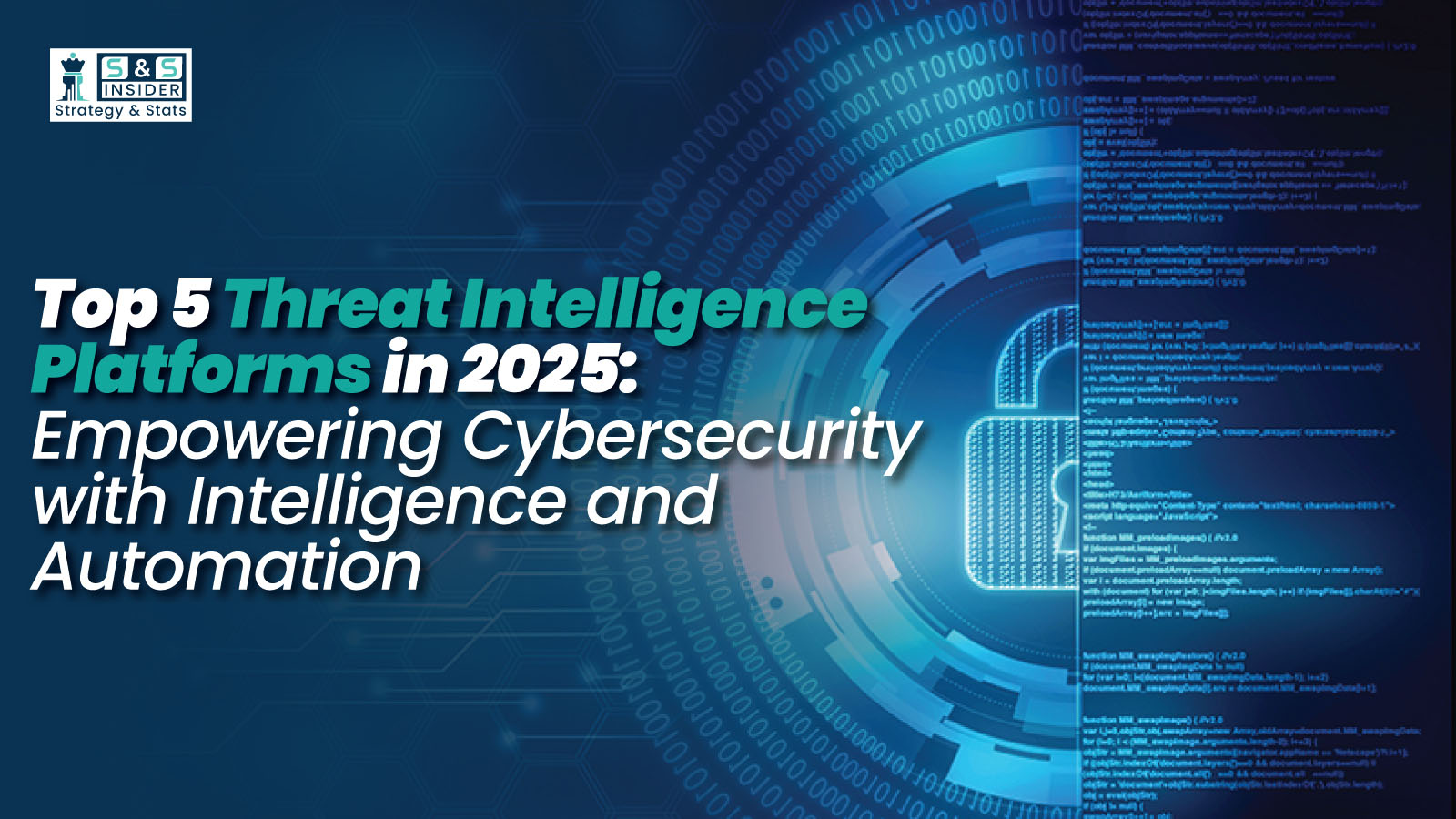
The scene of cyberthreats changes at a dizzying speed as we descend approaching 2025. Sophisticated cybercrime is launching harder to find and counteract attacks. Staying ahead for companies calls for proactive intelligence, automation, and teamwork rather than only reactive protections. Here is where Threat Intelligence Platforms (TIPs) find application. These systems compile, evaluate, and interpret threat data from many sources, therefore enabling security teams to prioritize hazards and act appropriately.
Let's explore the top five TIPs, each with special strengths that are actually making an impact this year.
1. ThreatConnect: The All-Rounder for Enterprise Security
For its strong feature set and flawless integrations, ThreatConnect is still a preferred tool for security experts. Its unified dashboard, which combines threat intelligence from many sources, automates data collecting, and facilitates proactive threat hunting, sets it apart.
Though it does not provide a free trial, its features in alert management, threat scoring, sandbox integration, and MITRE ATT&CK framework mapping make it a powerhouse for corporate security teams. The platform's capacity to assess and prioritize risks allows analysts to concentrate on what really counts, therefore avoiding the noise.
Furthermore, ThreatConnect encourages teamwork so that groups may exchange ideas and operate more quickly. From frontline analysts to decision-makers, its user-friendly interface is meant to accommodate everyone, therefore providing a balanced option for companies seeking a mature, feature-rich platform that combines automation with human knowledge.
2. CrowdStrike Falcon X: Speed and Precision in Threat Response
CrowdStrike is Falcon X distinguishes itself with its cloud-native design tightly coupled with CrowdStrike's endpoint defense. By providing bespoke Indicators of Compromise (IOCs) and enhanced threat context fit for an organization's environment, it shines in automating threat investigations and accelerating incident response.
Falcon X's automatic malware sandboxing and thorough threat actor profiling are among its best features since they enable security teams to rapidly grasp and place context for threats. The threat graph correlation of the platform relates suspected behavior to known enemies, therefore enhancing detection accuracy.
From a human standpoint, Falcon X lets teams concentrate on strategic defense by automating routine investigations, hence greatly lowering analyst workload. For companies needing fast, AI-powered threat detection and response, its real-time, customized intelligence mixed with expert security insights is their go-to tool.
3. Recorded Future: Harnessing AI to Illuminate the Threat Landscape
One outstanding example of how artificial intelligence might change threat intelligence is found in Recorded Future's Intelligence Cloud From the open web, dark web, and private sources, it gathers and analyzes enormous volumes of data to produce a dynamic intelligence graph linking infrastructure, targets, and threat actors.
The capacity of Recorded Future to lessen the cognitive load on analysts makes it particularly worthful. By means of automation and natural language processing, it simplifies research and enables security teams to respond rapidly and with assurance. The real-time dashboards and extensive connectors of the platform make it a great friend for those trying to keep ahead of new challenges.
Fundamentally, Recorded Future helps companies to transform large, complicated data into understandable, useful insights, hence improving analyst output and visibility.
4. Anomali ThreatStream: Operationalizing Threat Intelligence with AI
By means of artificial intelligence and natural language processing, Anomali ThreatStream aims to aggregate, enhance, and operationalize threat data. Starting from collecting to analysis and distribution, it automates the whole threat intelligence lifecycle while seamlessly interacting with SIEMs, firewalls, and endpoint systems.
Its configurable dashboards and reporting tools help security teams to fit threat monitoring to their particular situation. Anomali releases analysts to focus on strategic issues by automating repetitive chores. Its extensive integration environment helps to support consistent security operations, so it is a good alternative for companies trying to operationalize threat intelligence successfully while keeping analyst control.
5. ThreatQuotient ThreatQ: Collaboration and Customization at Scale
The ThreatQ platform from ThreatQuotient is meant to enable companies effectively compile, evaluate, and respond to threat data. It provides customized scoring and a centralized threat library to enable teams concentrate on the most pertinent risks.
ThreatQ's automation and orchestration features help it to be strong since they simplify processes and lower manual effort. Complementing over 450 security tools and feeds, it fits very nicely in challenging security settings. Its collaborative workspace lets groups easily coordinate answers and exchange ideas.
ThreatQ provides a flexible and strong answer for companies looking for a data-driven, team approach to threat intelligence management.
Conclusion:
Combining modern artificial intelligence and automation with a significant focus on human usability and cooperation will make the best threat intelligence systems for 2025. ThreatQuotient ThreatQ, Anomali ThreatStream, Recorded Future, CrowdStrike Falcon X, and ThreatConnect each offer special features that enable security teams not just keep ahead of cyber threats but also not only keep pace with them.
Using these systems will help companies turn massive amounts of unprocessed data into useful intelligence, speed incident response, and create a strong security posture fit for the always shifting threat environment. Ultimately, cybersecurity success in 2025 and beyond will define smart technology combined with empowered human skills.
Source: eSecurity Planet